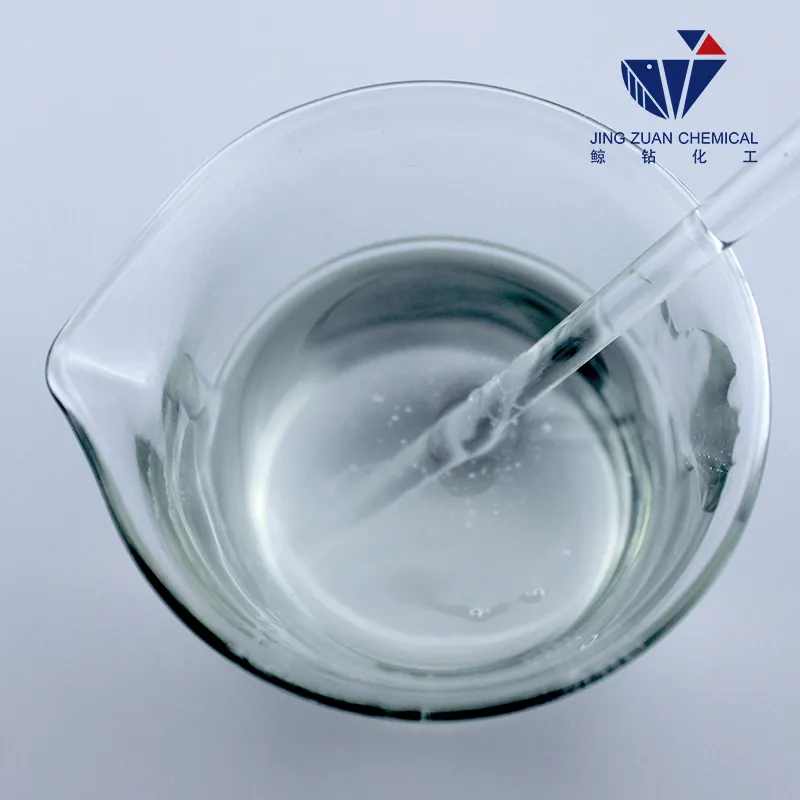
Sep . 08, 2024 02:10 Back to list
hydroxyethyl cellulose for paint
Hydroxyethyl Cellulose A Versatile Additive for Paints
Hydroxyethyl cellulose (HEC) is a non-ionic cellulose ether that has become a crucial additive in the formulation of water-based paints and coatings. Its unique properties make it an essential component in enhancing the performance, stability, and aesthetic qualities of these products. As demand for environmentally-friendly solutions grows, HEC emerges as a key ingredient that helps to meet both regulatory standards and consumer expectations.
Hydroxyethyl Cellulose A Versatile Additive for Paints
Moreover, HEC contributes to the stability of water-based paints. During storage, paints can experience phase separation, which negatively impacts their performance. HEC helps to prevent this by effectively stabilizing the emulsion. Its presence in the formulation allows for extended shelf life, reducing the likelihood of separation and ensuring that consumers receive a product that performs consistently over time. When manufacturers choose HEC, they are investing in a formulation that enhances durability and reliability.
hydroxyethyl cellulose for paint

In terms of application performance, HEC provides excellent shear-thinning properties. This means that the paint becomes less viscous when subjected to shear forces, such as during brushing or rolling, and then returns to a higher viscosity state upon standing. This property ensures ease of application, allowing for a smoother flow and better leveling of the coating, which is particularly beneficial for DIY enthusiasts and professional painters alike.
Another significant benefit of HEC is its water retention capability. During the drying process, HEC helps to retain moisture, which is crucial for the film formation of water-based paints. This not only contributes to a homogeneous application but also helps ensure that the paint adheres well to the substrate, thereby enhancing the overall durability of the coating.
Environmentally, HEC shines as a green alternative. As it is derived from natural cellulose, a renewable resource, it adheres to sustainability trends in the paint industry. Paints formulated with HEC are often low in volatile organic compounds (VOCs), making them a safer choice for indoor applications and contributing to better indoor air quality.
In conclusion, hydroxyethyl cellulose serves as an invaluable additive in the paint industry, offering myriad benefits including enhanced viscosity, stability, application performance, water retention, and environmental sustainability. As the market for high-performance, eco-friendly paints continues to grow, the role of HEC will undoubtedly expand, making it a vital component in the next generation of paint formulations. Striking a balance between performance and eco-friendliness, HEC proves that innovation can be both effective and responsible.
-
Versatile Hpmc Uses in Different Industries
NewsJun.19,2025
-
Redispersible Powder's Role in Enhancing Durability of Construction Products
NewsJun.19,2025
-
Hydroxyethyl Cellulose Applications Driving Green Industrial Processes
NewsJun.19,2025
-
Exploring Different Redispersible Polymer Powder
NewsJun.19,2025
-
Choosing the Right Mortar Bonding Agent
NewsJun.19,2025
-
Applications and Significance of China Hpmc in Modern Industries
NewsJun.19,2025







